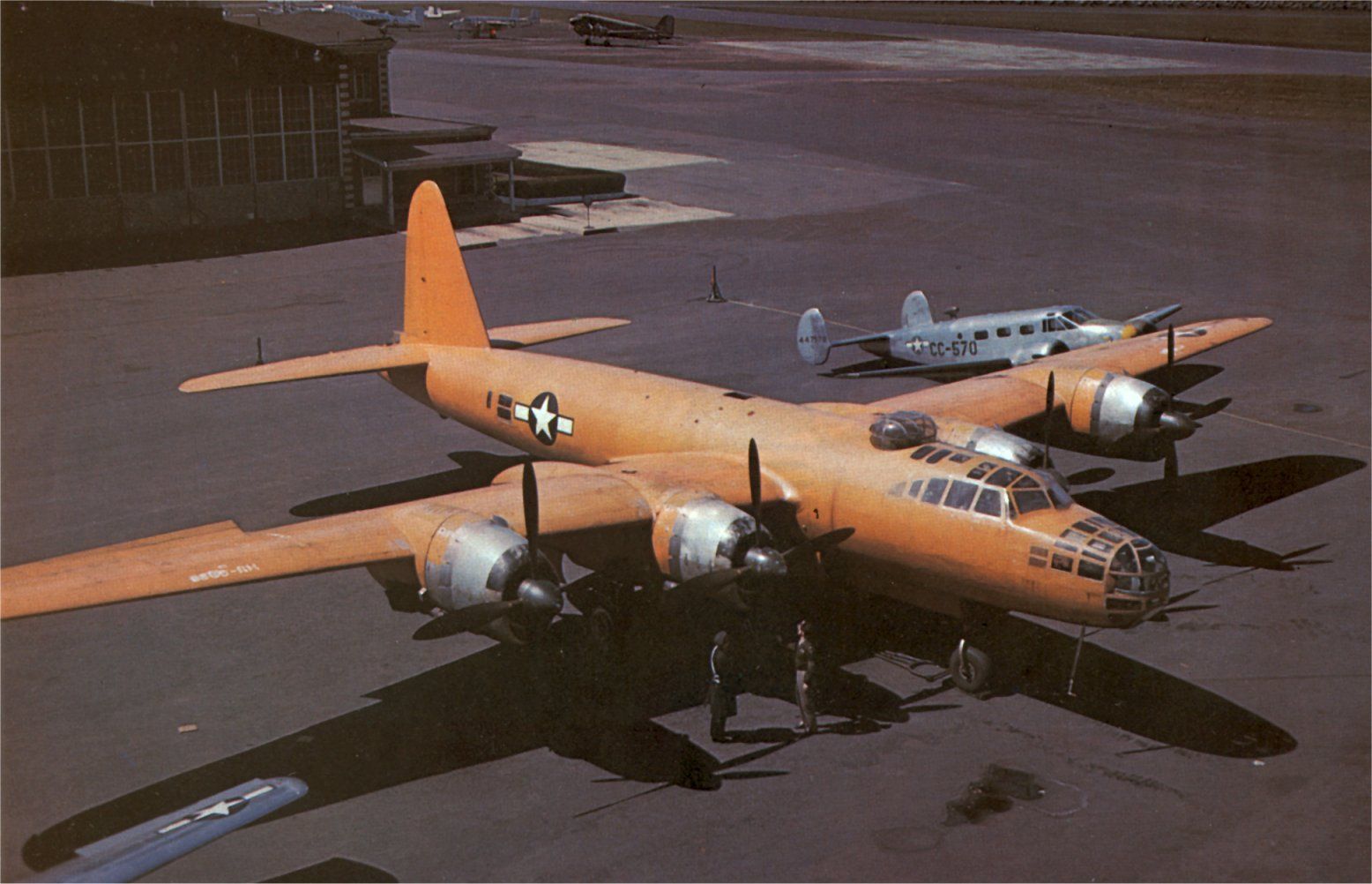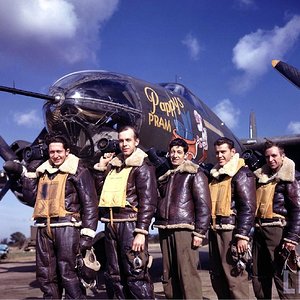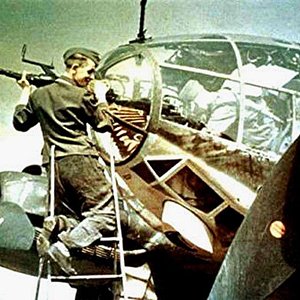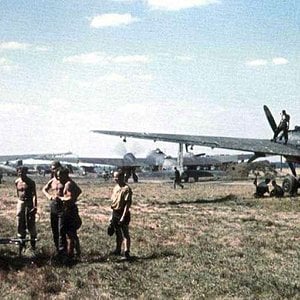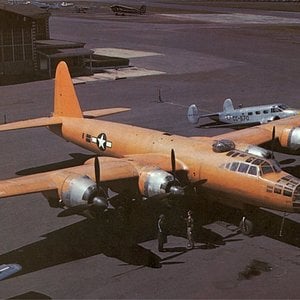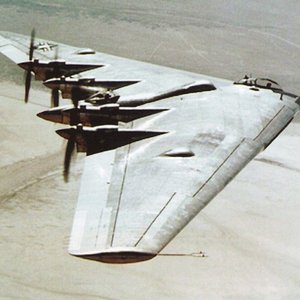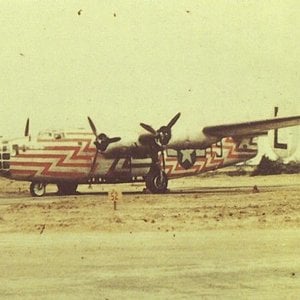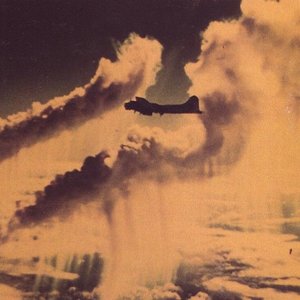Navigation
Install the app
How to install the app on iOS
Follow along with the video below to see how to install our site as a web app on your home screen.
Note: This feature may not be available in some browsers.
More options
You are using an out of date browser. It may not display this or other websites correctly.
You should upgrade or use an alternative browser.
You should upgrade or use an alternative browser.
The Nakajima G8N Renzan (Mountain Range) was a heavy bomber designed by the Nakajima Aircraft Company in the concluding stages of World War II. The G5N Shinzan had been termed a disastrous failure. So the Japanese navy decided to take a shot again to build a four-engine strategic bomber. Unfortunately, the prototype of the G8N1 could be completed and appeared seriously late in the year 1944. At that time, the Japanese armies were not having a very good time and their strength was decreasing continuously so the system could never be put in mass production. The production kept on suffering several times due to the shortage of available wartime materials, in particular aluminum. Only 7 in total examples could be manufactured that included prototypes. It was codenamed "Rita" by the Allies.
The first prototype of Nakajima G8N Renzam or Rita appeared in 1944. First production models could appear only in early 1945. The G8N was derived its power from 4 Nakajima-brand NK9K-L 24 Homare 18-cylinder radial engines. Wings were of the low-monoplane type. The wings were mounted just vertically below the fuselage. Its landing gear featured a tricycle. The tail assembly possessed a single rudder fin. The G8N could carry a maximum internal bomb load of nearly 9,000 pounds so it was aptly termed as a heavy bomber. It was designed in such a way that it’s defense could not be hampered much. Six 20mm Type 99 cannons were mounted in two-gun turret assemblies fore, aft and in a ventral turret position. Double Type 2 13mm machine guns were also fitted in the nose along with an additional machine gun in each waist gunner position.
The G8N was an airplane with very good defensive capability with equally good offensive ability. Its range was quite powerful. Sadly for the Japanese armies, the Nakajima G8N would have been very important and could have caused substantial damage had it been developed earlier.
The first prototype of Nakajima G8N Renzam or Rita appeared in 1944. First production models could appear only in early 1945. The G8N was derived its power from 4 Nakajima-brand NK9K-L 24 Homare 18-cylinder radial engines. Wings were of the low-monoplane type. The wings were mounted just vertically below the fuselage. Its landing gear featured a tricycle. The tail assembly possessed a single rudder fin. The G8N could carry a maximum internal bomb load of nearly 9,000 pounds so it was aptly termed as a heavy bomber. It was designed in such a way that it’s defense could not be hampered much. Six 20mm Type 99 cannons were mounted in two-gun turret assemblies fore, aft and in a ventral turret position. Double Type 2 13mm machine guns were also fitted in the nose along with an additional machine gun in each waist gunner position.
The G8N was an airplane with very good defensive capability with equally good offensive ability. Its range was quite powerful. Sadly for the Japanese armies, the Nakajima G8N would have been very important and could have caused substantial damage had it been developed earlier.

